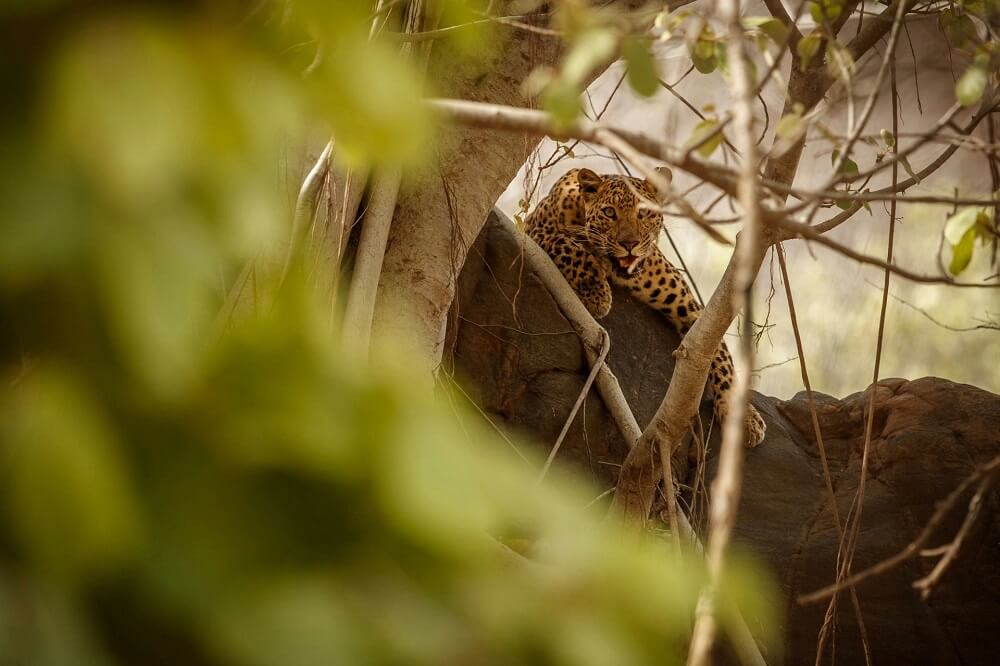In a rare and uplifting environmental success story, the critically endangered Amur leopard is making a remarkable return to the wild.
Mongabay has reported that while the Amur leopard was once on the brink of extinction, this elusive big cat is now clawing its way back, thanks to years of dedicated conservation work in the forests of southeast Russia and northeast China.
As recently as the early 2000s, only about 25 Amur leopards remained in the wild, mostly due to poaching, habitat destruction, and forest fires. But now, thanks to collaborative efforts between conservationists, scientists, and the Russian government, the population has risen to around 130 in Russia alone.
Much of this success stems from the creation of the Land of the Leopard National Park in 2012, a move that protected vital habitat and allowed prey species like the Sika deer to rebound as well.
“We achieved amazing results,” Taisiia Marchenkova, an assistant research scientist from Land of the Leopard National Park, told Mongabay. “The population has increased almost three times its size and started to spread. … It’s actually a wonderful case, because in most cases populations do not come back from such a rapid decline.”
What makes this story extra special is not just the survival of a species, but the ripple effects this recovery can create. A thriving leopard population indicates a thriving ecosystem, cleaner forests, healthier renewed pride in natural heritage, and potential for eco-tourism opportunities that can bring sustainable income while preserving the environment.
This success also highlights the power of international cooperation. Researchers have documented leopards moving between China and Russia, a sign of cross-border wildlife corridors working effectively.
It shows how long-term planning, government involvement, and scientific monitoring can drive real progress.
In an age of environmental uncertainty, the Amur leopard’s recovery offers a hopeful glimpse into what’s possible when people unite behind a cause. Saving a single species doesn’t just preserve beauty; it helps restore the ecosystems we all rely on, offering a cleaner, safer future for people and planet alike.
Onlookers are thrilled to hear the update on the Amur leopards. One commenter said, “Seeing stories like this gives me so much hope, not just for the future of endangered species, but for the next generation.” Another said, “Great news, let’s hope it continues!”
Join our free newsletter for good news and useful tips, and don’t miss this cool list of easy ways to help yourself while helping the planet.
